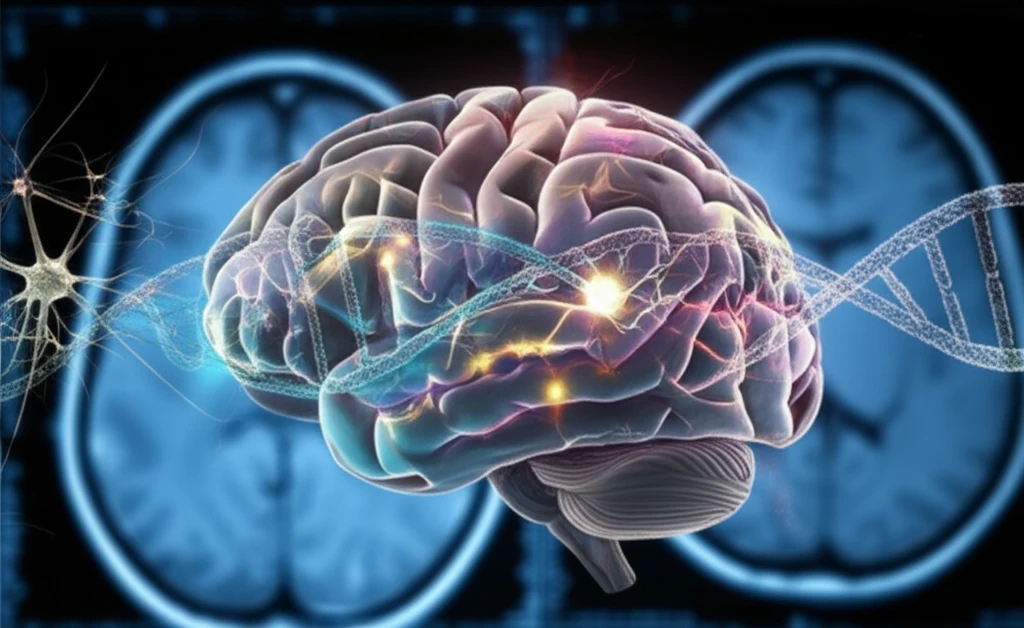
Decoding Glioma: How Advanced Imaging and Molecular Analysis are Changing Brain Tumor Treatment
"Explore the latest research on gliomas, from predicting treatment response with radiomics to understanding contrast enhancement through molecular physiology, and how these advancements pave the way for personalized therapies."
Glioblastomas and other high-grade gliomas represent a significant challenge in oncology due to their aggressive nature and resistance to treatment. Recent research is focusing on leveraging advanced imaging techniques and molecular analysis to better understand these tumors and improve patient outcomes. This article explores several key studies presented at a recent neuro-oncology conference, shedding light on the latest advancements in glioma research.
One promising area of research involves the use of diffusion MRI to identify early signs of tumor progression in lower-grade gliomas. By tracking changes in diffusion parameters, clinicians may be able to detect progression before it is visible through traditional imaging methods, allowing for earlier intervention.
Another focus is on understanding the molecular physiology of contrast enhancement in glioblastomas. Contrast enhancement on MRI is a key feature used to assess these tumors, but the underlying biology is complex. By analyzing the relationship between contrast enhancement and gene expression, researchers are gaining insights into the processes that drive tumor growth and response to therapy.
Predicting Treatment Response with Radiomics and Genomic Data

Radiomics, the process of extracting quantitative features from medical images, is emerging as a powerful tool for predicting treatment response in glioblastomas. A recent study explored the use of radiomic features from pre-treatment MRI scans to predict response to chemo-radiation therapy. The study found that specific radiomic features, particularly those related to texture and heterogeneity, were predictive of response. These features were also correlated with key signaling pathways involved in treatment resistance, such as the AKT pathway.
- Study Details: Researchers analyzed MRI scans and RNA sequencing data from glioblastoma patients to identify radiomic features associated with treatment response.
- Key Findings: Radiomic features from pre-treatment MRI scans were predictive of response to chemo-radiation therapy.
- Biological Correlation: Predictive radiomic features were correlated with AKT and apoptosis signaling pathways.
- Clinical Implication: Radiomics may allow for non-invasive prediction of treatment response, helping to guide treatment decisions.
The Future of Glioma Treatment
The research discussed here highlights the potential of advanced imaging and molecular analysis to transform the treatment of gliomas. By integrating radiomics, genomics, and other data, clinicians can gain a more comprehensive understanding of each patient's tumor and tailor treatment accordingly. This personalized approach promises to improve outcomes and quality of life for individuals affected by these challenging cancers.
